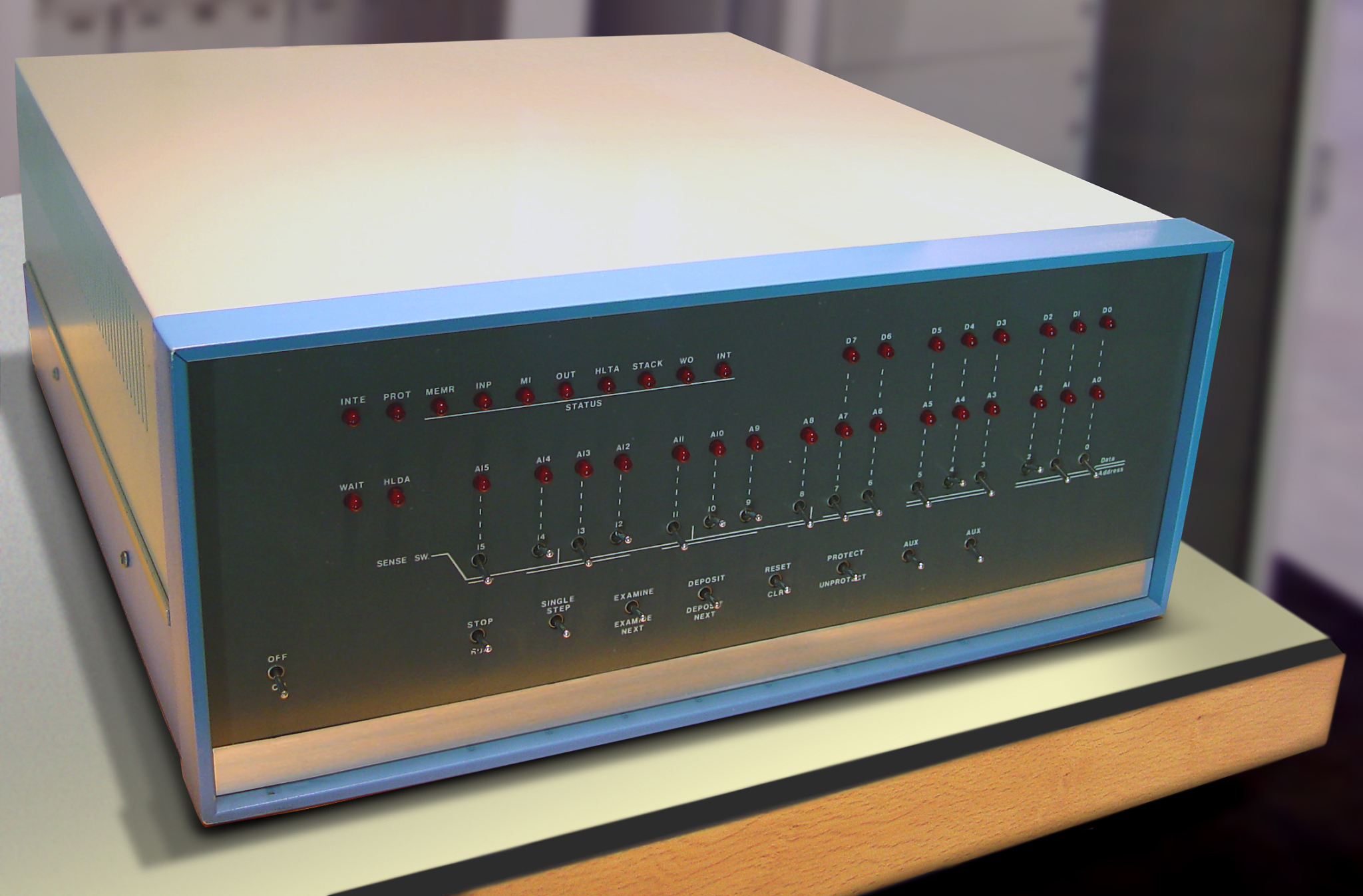what is Hybrid Analog-to-Digital Converter?
A Hybrid Analog-to-Digital Converter (ADC) is a type of ADC that combines both analog and digital components to convert an analog signal into a digital representation. It typically consists of an analog front-end that amplifies and filters the analog input signal, followed by a digital back-end that performs the conversion and processing of the signal.
The analog front-end of a hybrid ADC includes components such as amplifiers, filters, and sample-and-hold circuits, which condition the analog input signal before it is fed into the digital back-end. The digital back-end consists of a digital converter, which converts the conditioned analog signal into a digital representation using techniques such as successive approximation, delta-sigma modulation, or flash conversion.
The hybrid ADC combines the advantages of both analog and digital components. The analog front-end can handle high-frequency signals and provide high dynamic range and linearity, while the digital back-end offers precise conversion and processing capabilities. This allows for accurate and efficient conversion of analog signals into digital data, which can be further processed and analyzed by digital systems

原文地址: https://www.cveoy.top/t/topic/iN48 著作权归作者所有。请勿转载和采集!